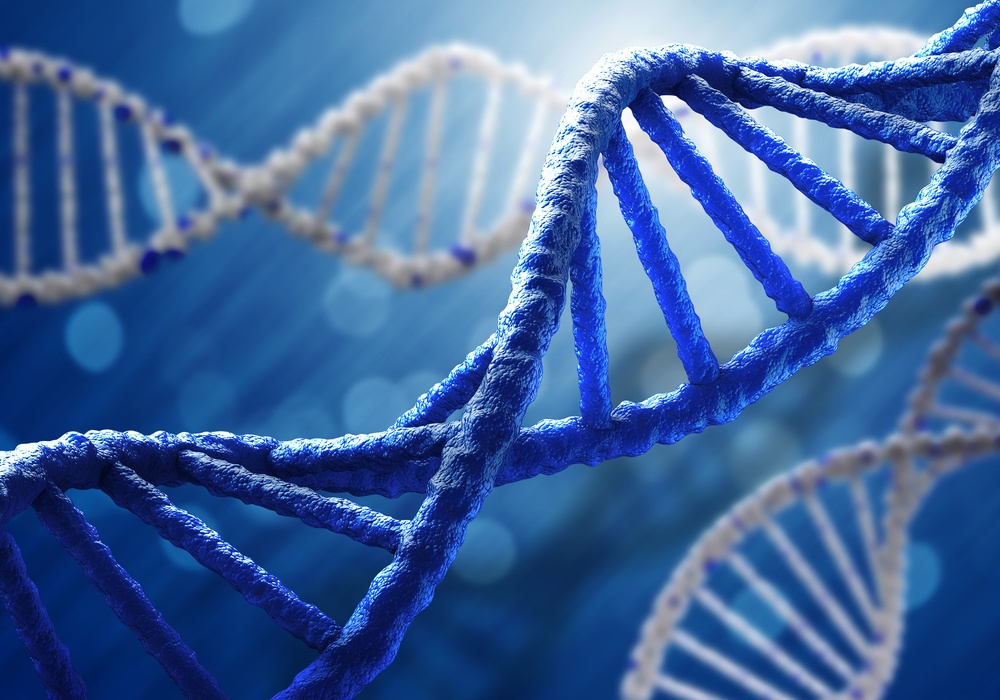Published in the PNAS Journal
A scientific study led by Dr. Carlos Simon has for the first time drawn a connection between a decidualization defect of the maternal uterus and the onset of preeclampsia
-
Until now, research efforts to understand why preeclampsia occurs had been focused on studying the placenta.
-
Our study shows that a defect in the decidualization process of the endometrium may be one of the causes of preeclampsia.
-
It broadens the possibility of developing the early diagnosis of preeclampsia by identifying this decidualization defect.
Preeclampsia is a severe complication that occurs in the third trimester of pregnancy, affecting around 8% of pregnant women. If it is not diagnosed on time, it may lead to significant complications with both the mother and fetus. Until now, most research on the topic had focused on investigating defects in placenta formation that resulted in the onset of the disease, ignoring the role of the maternal uterine tissue where the embryo is implanted.
Our study, first author of which is Dr. Tamara Garrido-Gómez, shows the link between the onset of preeclampsia and a defect in the decidualization process in the endometrium. Decidualization is an endometrial process that entails preparing the uterus for the implantation of the embryo and a successful pregnancy. This defect not only occurs in the endometrium of women who have suffered from preeclampsia during a previous pregnancy, but also in patients who have preeclampsia at the time of birth.
This discovery offers an explanation as to why women with preeclampsia are more prone to a recurrence of this condition in future pregnancies.
This study paves the way towards developing a clinical diagnosis that facilitates the prospective risk assessment of suffering from preeclampsia and the possible treatment of this condition before pregnancy.
Garrido-Gómez et al. “Defective Decidualization During and After Severe Preeclampsia Reveals a Possible Maternal Contribution to the Etiology”.
PNAS, doi:10.1073/pnas.1706546114




